Introduction
Email marketing remains one of the most powerful tools for Direct-to-Consumer (D2C) brands in 2025. With changing consumer behaviors and evolving technology, brands must refine their email strategies to increase engagement and conversions. However, many brands still make common mistakes, such as sending irrelevant emails, overloading customers with promotions, or ignoring personalization. This blog will outline the best email marketing strategies to maximize sales and retain customers effectively.
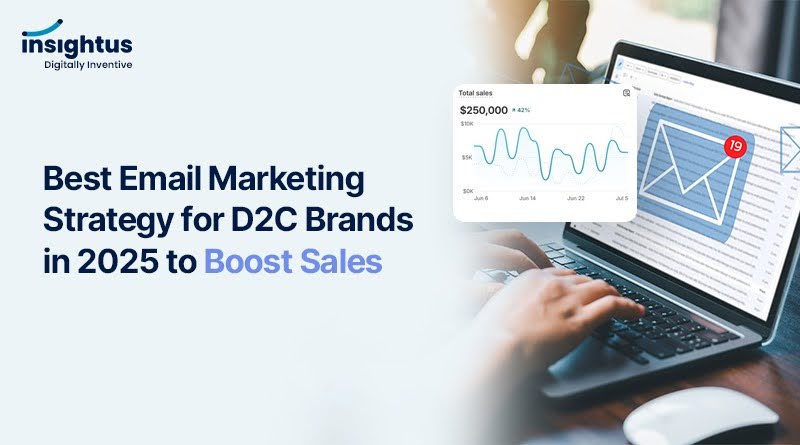
1. Understanding the D2C Email Marketing Funnel
A well-structured email funnel ensures that customers receive the right message at the right time.
Awareness Stage
- Capture leads through website pop-ups, social media, and engaging blog content.
- Implement exit-intent pop-ups that offer discounts or valuable resources.
- Example: A skincare brand offering a free skincare routine guide in exchange for email sign-ups.
Consideration Stage
- Send personalized offers, educational content, and testimonials to build trust.
- Offer limited-time discounts to encourage first-time purchases.
- Example: A fitness brand sending a welcome email with workout tips and user testimonials.
Conversion Stage
- Create high-converting emails with strong CTAs and urgency triggers.
- Use social proof, such as customer reviews and influencer endorsements, to encourage conversions.
- Example: A fashion brand offering a “24-hour flash sale” email with a countdown timer.
Retention Stage
- Engage customers post-purchase through loyalty programs and exclusive offers.
- Offer subscription models for recurring purchases.
- Example: A coffee brand sends a discount code for the next purchase after the first order.
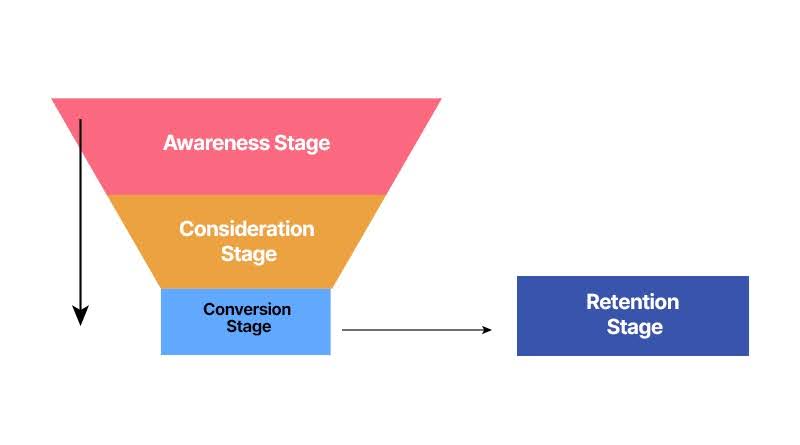
2. Building a High-Quality Email List
A quality email list ensures better engagement and fewer spam complaints.
- Collect emails through non-intrusive website pop-ups, checkout pages, and referral programs.
- Use lead magnets such as discounts, exclusive early access, and free guides.
- Implement double opt-in to confirm subscriptions and improve email deliverability.
- Offer incentives for referrals, such as discounts for both the referrer and the new customer.
- Example: A home decor brand providing a “10% off” coupon for first-time subscribers.
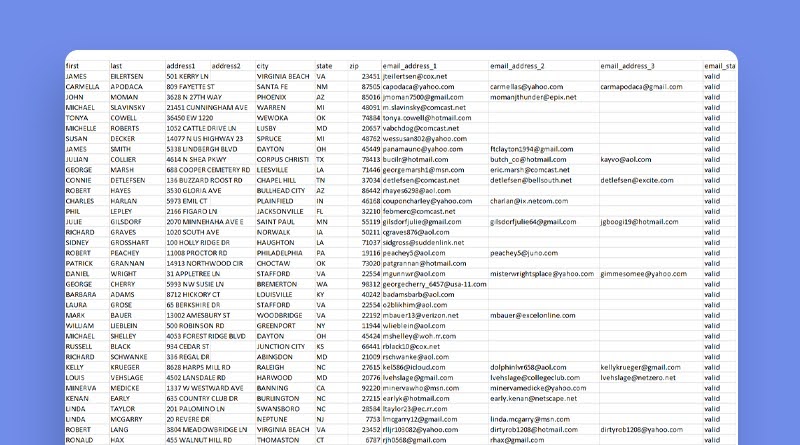
3. Crafting the Perfect Email Campaign
To drive higher open and click-through rates, emails must be well-crafted.
Subject Lines That Grab Attention
- Use curiosity, urgency, and personalization (e.g., “Sarah, Your Special Gift is Inside!”).
- Keep it concise—avoid spam-trigger words like “Free,” “Win,” and “Hurry.”
- Example: “Your Exclusive 20% Discount Ends Tonight!”
Email Body Best Practices
- Keep it short, engaging, and benefit-driven.
- Use high-quality images, GIFs, or videos to improve engagement.
- Include a clear CTA (e.g., “Shop Now,” “Claim Your Offer”).
- Example: A beauty brand highlighting the benefits of a new product with a “Buy Now” button.
CTA Placement and Copywriting Tips
- Place CTAs prominently and use action-oriented language.
- A/B test different CTA placements to identify the best-performing option.
- Example: “Unlock Your Special Offer” instead of “Click Here.”
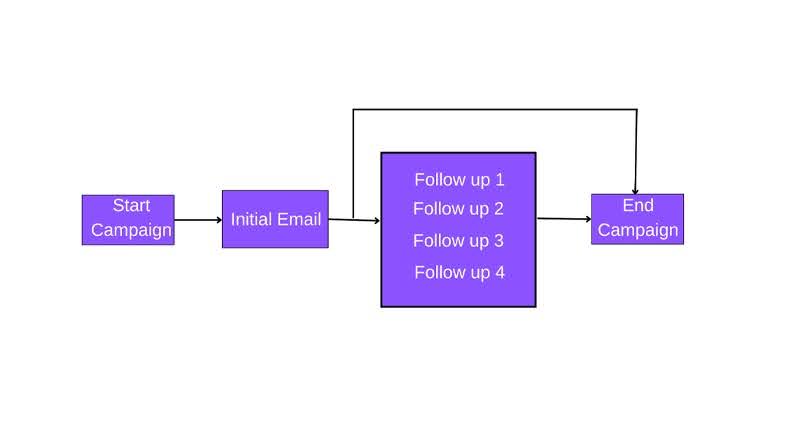
4. Segmentation & Personalization for Better Engagement
Generic emails don’t work—targeted emails drive better results.
- Segment audiences by behavior (new subscribers, frequent buyers, cart abandoners).
- Use purchase history to send personalized product recommendations.
- Implement dynamic content that changes based on user preferences.
- Example: An electronics brand sending an email recommending accessories for a recently purchased smartphone.
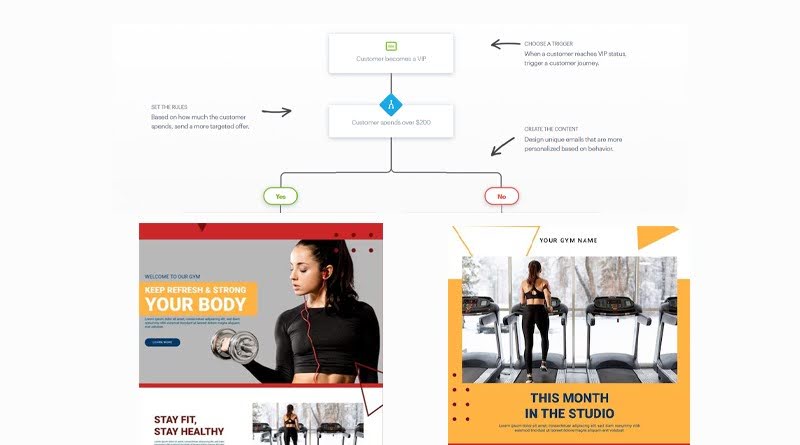
5. Automating Email Marketing for Maximum ROI
Automation saves time and ensures timely communication.
Must Have Automated Email Sequences
- Welcome Emails: Introduce the brand and offer a special discount.
- Abandoned Cart Recovery: Remind customers about unpurchased items with an incentive.
- Post-Purchase Follow-ups: Request reviews and offer complementary products.
- Win-Back Campaigns: Re-engage inactive customers with a personalized offer.
- Birthday & Anniversary Emails: Send personalized discounts on special occasions.
- Example: An online bookstore sending a “We Miss You! Here’s 15% Off” email to dormant subscribers.
Choosing the Right Email Automation Tool
- Options: Klaviyo, Mailchimp, HubSpot.
- Look for features like segmentation, A/B testing, and analytics.
- Ensure the platform integrates with your e-commerce store for better targeting.
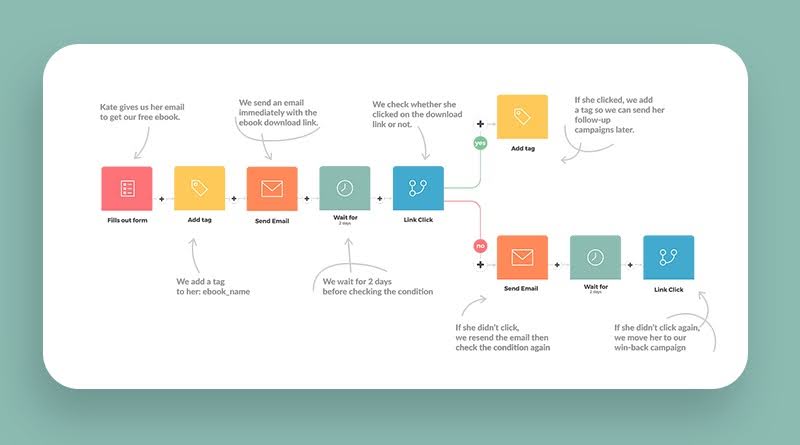
6. Measuring & Optimizing for Continuous Improvement
Data-driven optimization enhances email performance.
- Key Metrics to Track: Open rate, click-through rate (CTR), conversion rate, and unsubscribe rate.
- A/B Testing: Test subject lines, email design, CTA placement.
- Reducing Unsubscribe Rates: Send relevant content and avoid over-emailing.
- Monitor Email Deliverability: Avoid spam filters by maintaining a clean email list.
- Example: A travel brand testing “Your Dream Destination Awaits!” vs. “Exclusive 10% Off on Beach Vacations.”
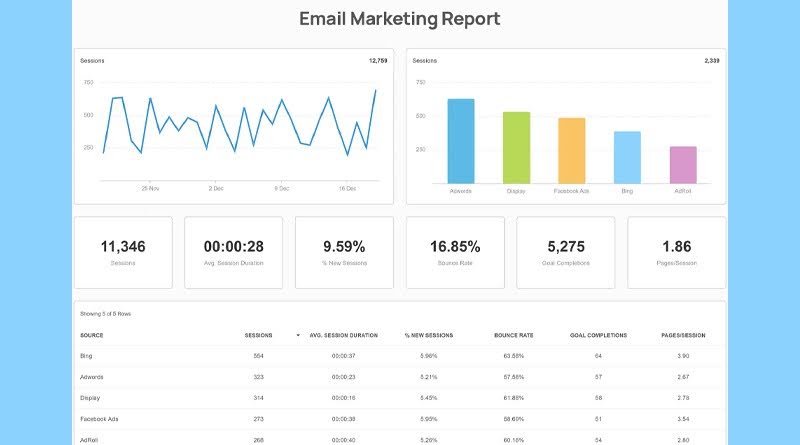
7. Future Trends in Email Marketing for D2C Brands
Stay ahead with emerging trends.
- Interactive Emails: Use surveys, quizzes, and product customization.
- AI-Powered Personalization: Recommend products based on browsing history.
- Privacy-First Strategies: Adapt to new data regulations by focusing on first-party data.
- Mobile Optimization: Ensure all emails are responsive and visually appealing on mobile devices.
- Dark Mode Compatibility: Design emails that look great in both light and dark modes.
- Example: A subscription box brand using AI to suggest personalized monthly boxes.

Conclusion
Email marketing remains a powerful tool for D2C brands to boost sales and build customer loyalty. By refining email funnels, leveraging automation, personalizing content, and staying updated on trends, brands can achieve significant growth. Marketers should continuously test and optimize their strategies to stay competitive in the evolving digital landscape. Prioritizing a customer-first approach will help brands foster deeper connections and long-term success.

